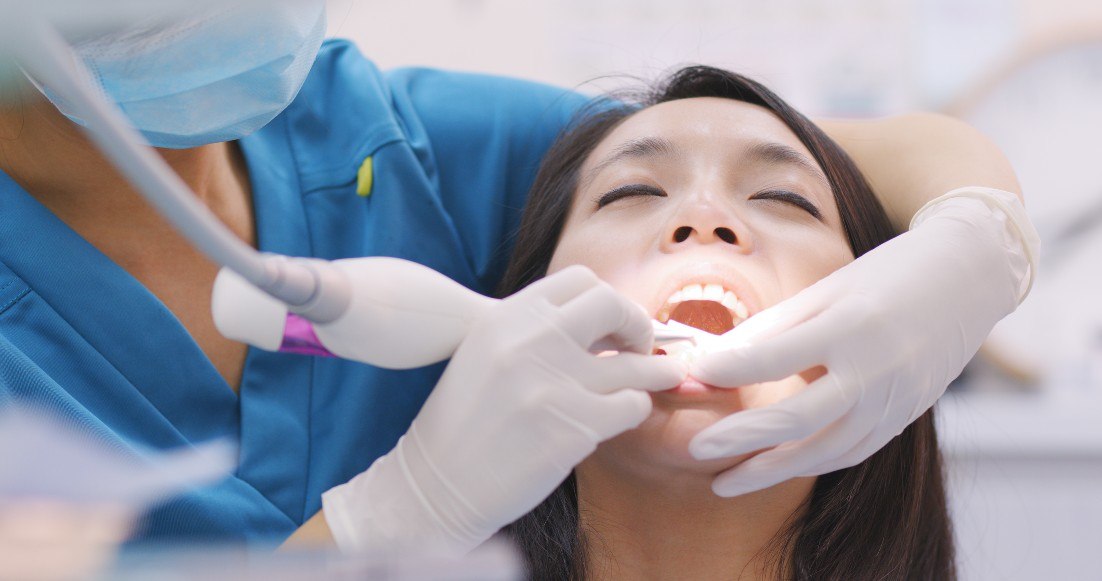
You know regular dental cleanings are an essential part of maintaining good oral hygiene, but did you know there are different levels of cleaning?
Routine dental cleanings focus on teeth at and above the gum line. These non-invasive cleanings are recommended for most patients every six months and play a critical role in maintaining good oral health.
When undergoing a standard cleaning, a dental hygienist will remove plaque and tartar from your teeth and conduct a basic oral exam. Then, your teeth will be cleaned and polished with a gritty toothpaste and flossed. Depending on your history, X-rays may be taken before the dentist examines your mouth to check for signs of any oral health issues, such as gingivitis, tooth decay, or teeth grinding.
For most patients, a regular professional cleaning every six months is enough to:
- Prevent cavities
- Brighten teeth
- Freshen breath
- Stop tooth loss
- Boost overall health
However, for patients with gum disease, a deep cleaning may be required to prevent tooth loss and stop further damage. Also known as scaling and root planing, a deep cleaning involves special techniques to get rid of plaque, tartar, and bacteria below the gum line down to your tooth roots.
The bacteria that cause gum disease love to hide in hard tartar deposits on the surfaces of your teeth that are protected by your gums. As the bacteria multiply and grow, they release toxins that irritate your gums. Over time, your gums start to pull away from the surfaces of your teeth, creating tiny pockets that allow the bacteria to migrate down to the roots. Infections around the lower part of your tooth can weaken the roots, eventually causing your teeth to fall out. Unfortunately, gum disease is not uncommon. In fact, the Centers for Disease Control and Prevention (CDC) estimate that half of Americans age 30 or older have periodontitis, an advanced form of gum disease.
Symptoms of gum disease include:
- Consistently bad taste or breath
- Separating or loose permanent teeth
- Gums that easily bleed
- Gums that are swollen, red, or tender
- Gums that have pulled away from your teeth
If you’re experiencing any of the symptoms above, you should schedule a consultation with your dental professional right away.
Dental deep cleanings remove bacteria below the gum line and around the roots to prevent gum disease from advancing and causing tooth loss. Your dentist will also smooth (or plane) the surfaces of your tooth roots to make it harder for bacteria to stick to them in the future. Sometimes an antibiotic gel is applied to the teeth during the cleaning to kill hard-to-reach germs; other times, oral antibiotics or a special antibiotic mouth rinse might be prescribed. Unlike routine dental cleanings, this treatment requires two appointments, which allows us to treat half of your mouth at each visit.
Because deep dental cleanings go below your gum line, local anesthetics are applied to numb your gums. If your gums are very sensitive or you’re anxious, sedation might be used to keep you calm and comfortable during the cleaning.
Whether you’re due for a routine cleaning or think you might require a deep cleaning, our team is here to help. Please contact our office to schedule a consultation.

